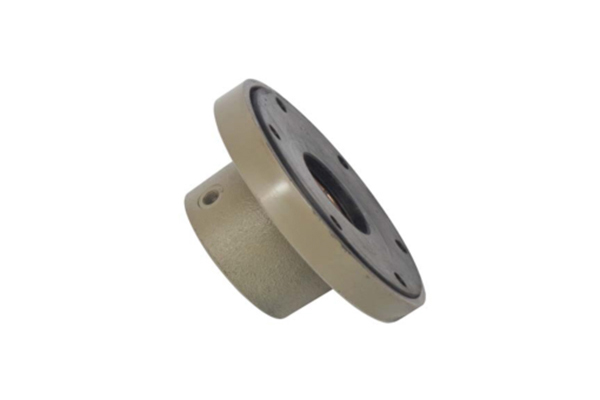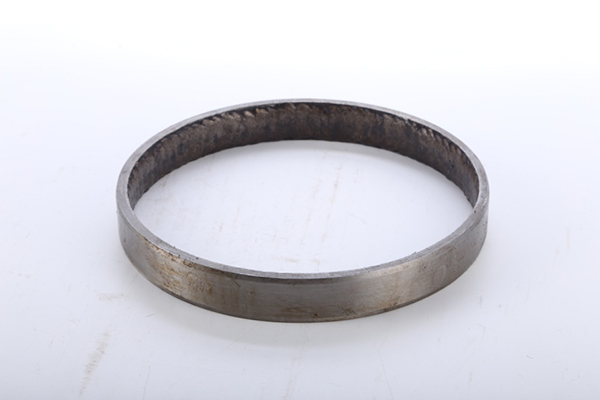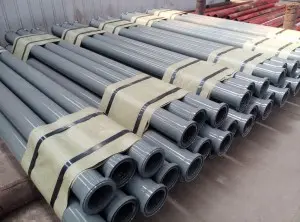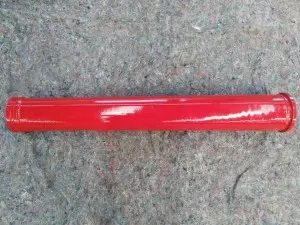Factory source Single Control - Fan – ANCHOR
Factory source Single Control - Fan – ANCHOR Detail:
Description
Fan also known as “turbofan engine”. It refers to a gas turbine engine in which the gas injected by the nozzle and the air discharged by the fan produce a reaction thrust. It consists of a compressor, a combustion chamber, a high-pressure turbine (to drive the compressor), a low-pressure turbine (to drive a fan) and an exhaust system. The first three parts are called the “core engine”. The available energy in the gas flowing out of the core engine is used to drive the low-pressure turbine to drive the fan, and the other part is used in the nozzle to accelerate the ejected gas. The bypass ratio is closely related to fuel consumption. The first generation of turbofan engines that appeared in the late 1950s had relatively low bypass ratio, compressor boost ratio and gas temperature before the turbine.
The structure of the FAN is actually that there are 1-2 low-pressure (low-speed) turbines added to the rear of the turbojet engine. These turbines drive a certain number of fans and consume a part of the gas exhaust kinetic energy of the turbojet engine (core engine). , Thereby further reducing the gas discharge speed. Part of the air flow sucked in by the fan is sent to the compressor (termed “internal duct” in terminology), just like an ordinary jet engine, and the other part is directly discharged from the periphery of the turbojet engine casing (“outer duct”). Therefore, the gas energy of the turbofan engine is distributed to the two exhaust air flows generated by the fan and the combustion chamber respectively. At this time, in order to improve thermal efficiency and increase the temperature in front of the turbine, more fuel gas energy can be transferred to the outer duct airflow through the low-pressure turbine-driven fan through proper turbine structure and increased fan diameter, thereby avoiding a significant increase in exhaust velocity. In this way, thermal efficiency and propulsion efficiency have been balanced, and the efficiency of the engine has been greatly improved. Higher efficiency means lower fuel consumption and longer range of the aircraft. However, the large fan diameter increases the windward area of the engine, so turbofan engines with a bypass ratio greater than 0.3 are not suitable for supersonic cruise flight. Although the turbofan engine reduces the exhaust speed, it does not reduce the thrust, because reducing the exhaust speed increases the (external) exhaust flow. From the perspective of bypass ratio, turbofan engine is a compromise between turbojet engine and turboprop engine.
Packing
Carton Boxes, or according to clients’ request.
Product detail pictures:
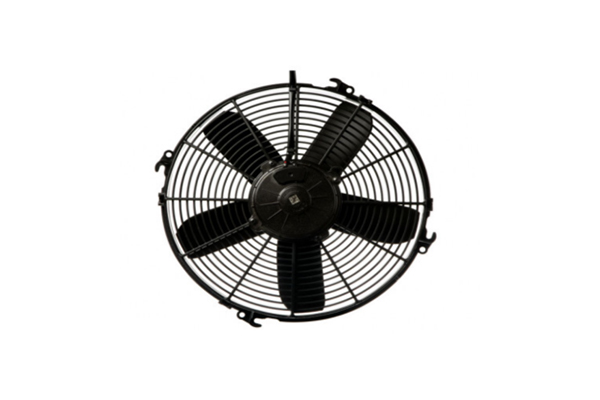


Related Product Guide:
Our products are greatly acknowledged and reliable by users and may fulfill repeatedly shifting financial and social wants for Factory source Single Control - Fan – ANCHOR , The product will supply to all over the world, such as: Zimbabwe, Turin, Sheffield, We take measure at any expense to achieve essentially the most up-to-date equipment and approaches. The packing of nominated brand is our a further distinguishing feature. The items to assure years of trouble-free service has attracted a great deal customers. The solutions are obtainable in improved designs and richer assortment, they're created scientifically of purely raw supplies. It readily available in a variety of designs and specifications for your selection. The most recent kinds are a great deal better than the preceding one particular and they are quite popular with lots of prospects.
High Quality, High Efficiency, Creative and Integrity, worth having long-term cooperation! Looking forward to the future cooperation!

